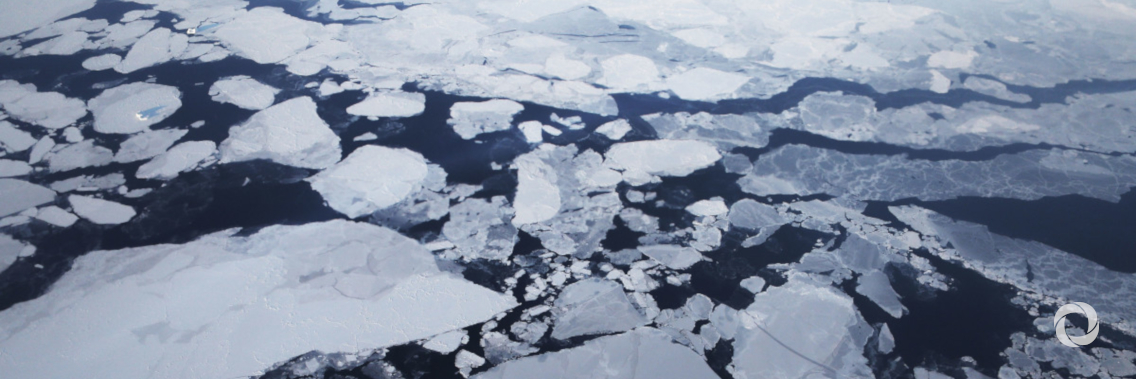Average surface air temperatures are expected to be above normal across the majority of the Arctic regions between June and August 2019, according to the Pan-Arctic Climate Outlook Forum. Below to near normal sea ice conditions are expected for the majority of the Arctic, with the exception of Greenland and the Canadian Arctic.
The forecast summer conditions follow winter months in which the average surface air temperature was above normal for most of the Arctic domain. Eastern Siberia experienced its second warmest November-December-January on record. During February, March and April, Arctic temperatures were above normal, with the exception of the eastern Canadian Arctic where temperatures were below normal. Above normal temperatures are expected to continue across the majority of the Arctic regions between June and August 2019.
Observed and projected annual average warming in the Arctic continues to be more than twice the global mean, with higher increases in winter. Arctic annual surface air temperatures in 2014-2018 exceeded those of any year since 1900. Arctic winter sea ice maxima in 2015-2018 were at record low levels, and the volume of Arctic sea ice present in the month of September (its minimum extent) has declined by 75 percent since 1979.
The reality of climate change and its impacts prompted the decision to initiate Pan-Arctic seasonal predictions, based on collaboration through the well-known Regional Climate Outlook Forum process pioneered by WMO that is already a well-established mechanism in most parts of the world.
Seasonal predictions support climate risk management, climate change adaptation and inform policy and decision-making in climate-sensitive sectors operating in the challenging Arctic environment.
The third session of the Pan-Arctic Climate Outlook Forum (PARCOF) was held on 8-9 May 2019 Rovaniemi, Finland, to review the climate conditions during the previous winter season, and to provide an outlook for the forthcoming summer season.
Read the full Pan-Arctic Climate Outlook.
Original source: WMO
Published on 22 May 2019

